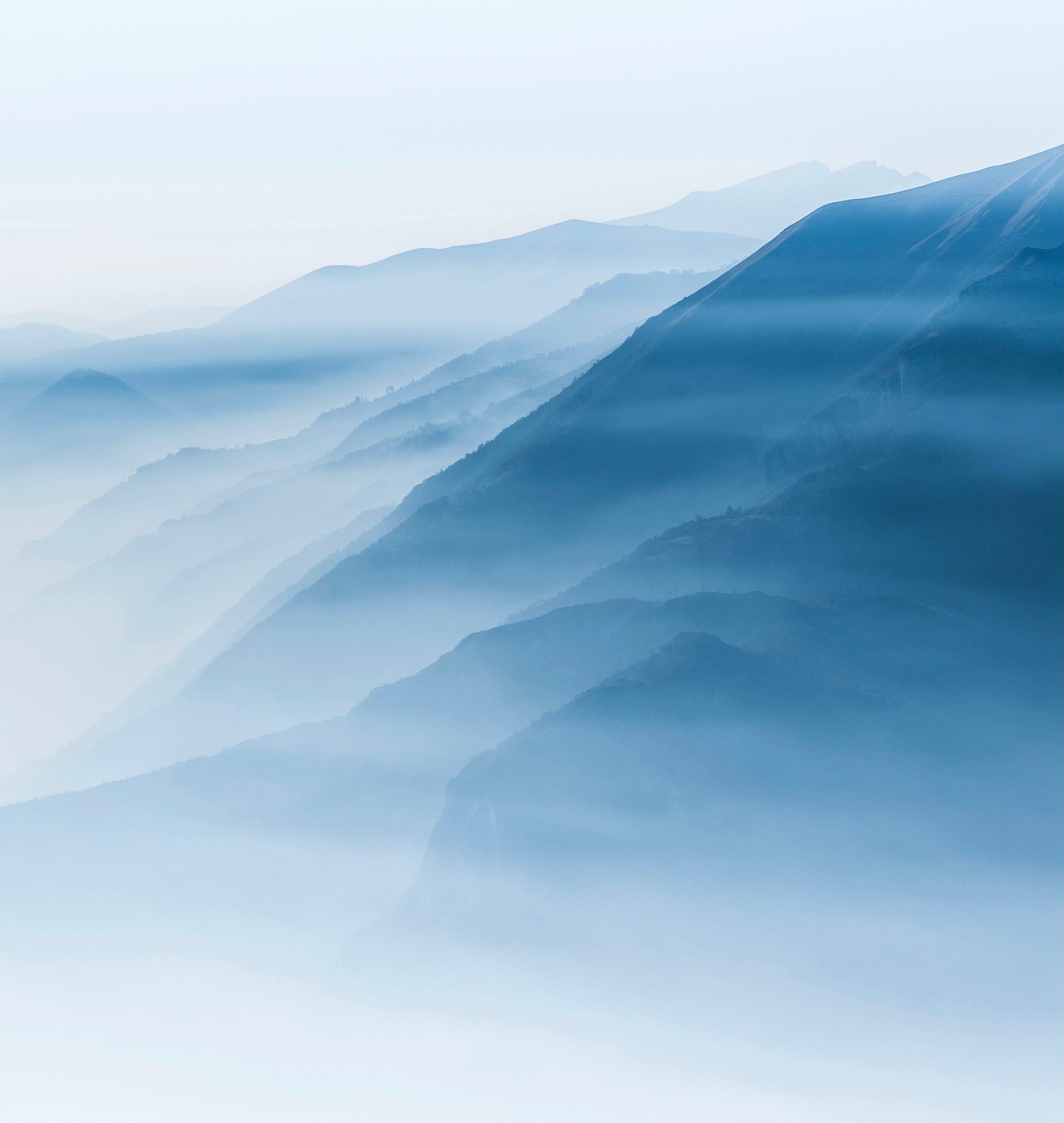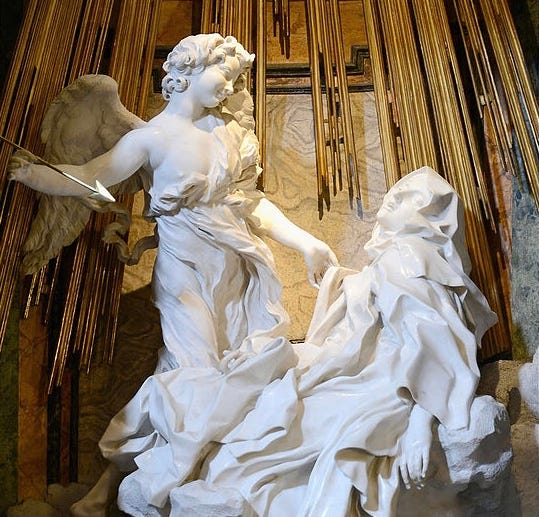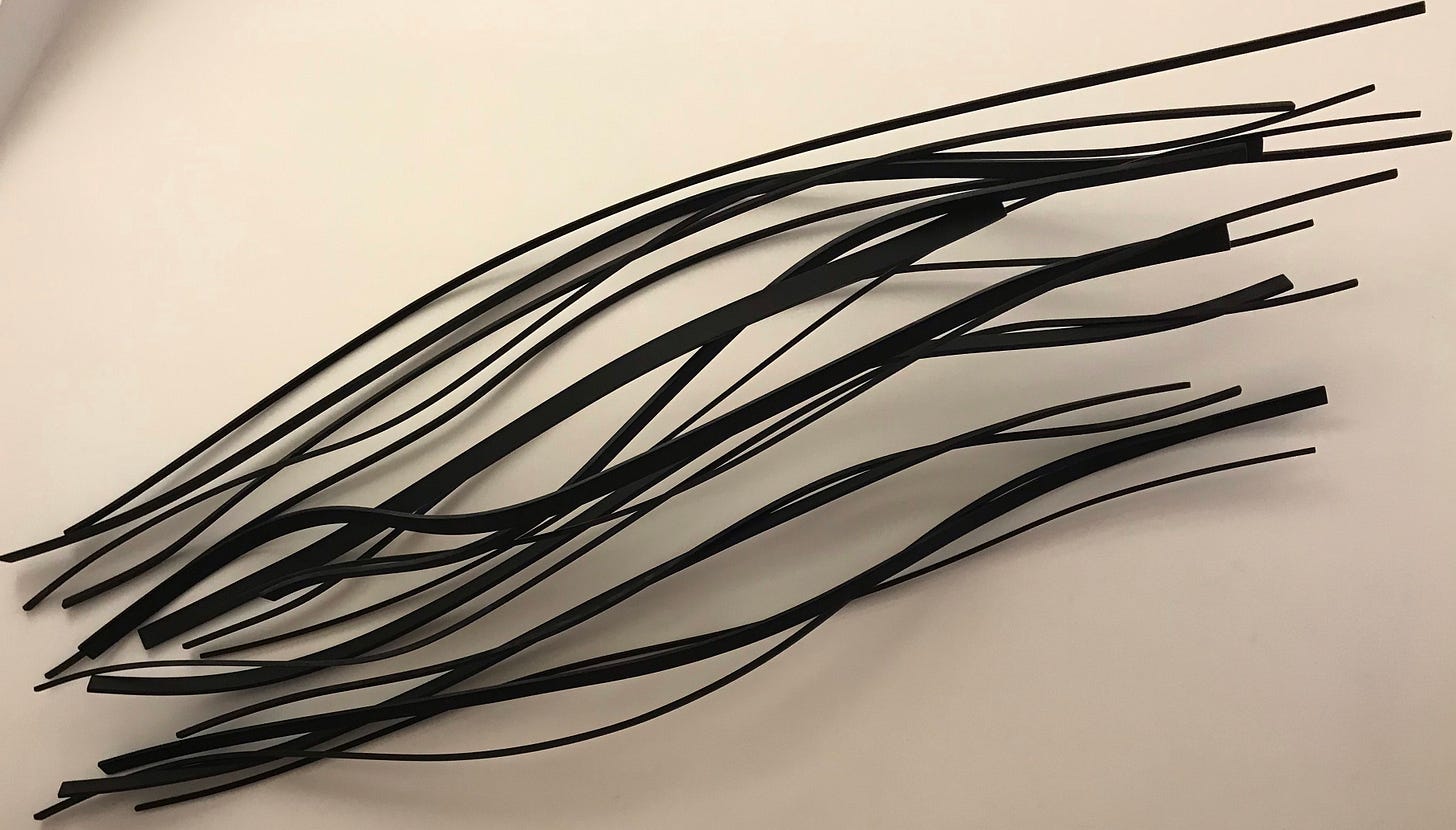A mist went up from the earth and watered the whole face of the ground – then the Lord God formed man of dust from the ground, and breathed into his nostrils the breath of life; and man became a living soul. (vv 6-7)
Our more down to earth God is portrayed as a potter [note to self: great surname for a hero!], (cf. Jer 18:6; Is 64:8; Rom 9:20-1). The King’s speech has given way to the labour of loving hands. Before, we were effortless Godspeak, (1:26-30), now we’re gorgeous Godcraft. Either way, all good.
The theme of being given form and shape clearly unites our two creation accounts, (worth reflecting on in these oddly tech-drifted days). Creation One described this as image and likeness whereas here it’s ‘earth and breath’. Creation One seeks to establish our dignified responsibilities whereas Creation Two offers a meditation on our very nature.
Being dirt-born carries with it no hint of negativity. It’s more like a portrait of humility, that down to earth just mentioned. Indeed, some original punning is employed to this end: the words for human and earth are close homophones in Classical Hebrew. An old Britishism for ‘friend’ has some equivalence – mucker, and a less polite yet descriptively apposite Latinism: inter faeces et urinam nascimur. It would appear granny was right all along: muck is luck. Notice too the water here is benevolent. Gone are the chaos connotations of Creation One.
We’re revealed as composite beings, then – soil-slop and soul, wet earth and breath, dusty flesh and soaring spirit. It’s an incredible insight! Our material selves come from the ground and our immaterial selves are a special endowment from God, who Himself is Spirit. The animals are similarly fashioned of earth but not similarly endowed with this special breath, (2:19), so it isn’t just a matter of physical breathing. We might nowadays call this human consciousness.
Portraying human consciousness as the breath of life is genius. It reflects the deep-seated intuition that even though we will all one day stop physically breathing, that can’t truly be the end of the journey for each eternally gifted consciousness. Physical breath is obviously important but is presented here as the context for a deeper imparting of the divine breath.
Our breath, then, carries a literal and metaphysical significance that’s difficult to unravel. It’s just assumed as obvious that some realities aren’t made of clay – ideas or feelings, or love, truth and beauty. Yet we precisely gain a sense of their presence through material realities so that the story of a person’s soul might be written along the lines of their face or their kindness received within that gift of oven-warm crusty bread.
This is such a common-sense reflection upon the mystery of human nature that it becomes difficult to fathom modern materialism. So much of what makes us human clearly lies beyond the material. Of course, human consciousness is dependent in time upon being physically alive. And is evidently arrested at death. But that’s very different from then arguing it’s simply a construct for brain activities we can’t yet fully explain or is, at most, simply epiphenomenal. How can physical evidence alone provide the guiding wisdom for understanding spiritual experiences?
Art is often best at traversing such fault lines. Creation Two’s breath and earth feels something like the paradox of frozen flow in The Ecstasy of Saint Teresa. How can stone to be so alive? Bernini’s own spirit still exudes from the sculpture: captured yet unconfined. We sense this correspondence, are entranced by its genius (in the truest sense), but equally are drawn into the instantiated mysteries: St Teresa, angelic being, ecstasy, human transcendence, divine love, boundless beauty, and so on. Even though we’re talking about material, clearly a materialist approach would be woefully misplaced. What? That’s a lot of craft!
[Wikimedia Commons, (Edited)]
Laying first eyes upon Roberto Almagno’s The Breath of Thought stunned me.
Although obviously more abstract, it was as though it was singing. It took me quite some time to disentangle my consciousness from the interweaving streams, as though a hidden part of me had joined the artist’s own journey of creating now set upon the gallery wall. I could see matter, yet breathed in spirit. I’ve not had the pleasure of physically meeting Signor Almagno – except, I’m no longer entirely certain that’s true.
As God’s supreme work of art, living beauty is breathed into us from the Lord’s own lips, out of the mists of time, through each generation, and into every precious moment. The great adventure is to become ever more conscious of this and to learn to exhale that ecstatic joy wherever we go.
If there’s a better story out there, I’m yet to discover it.
Header photo: Alessio Soggetti, Unsplash





